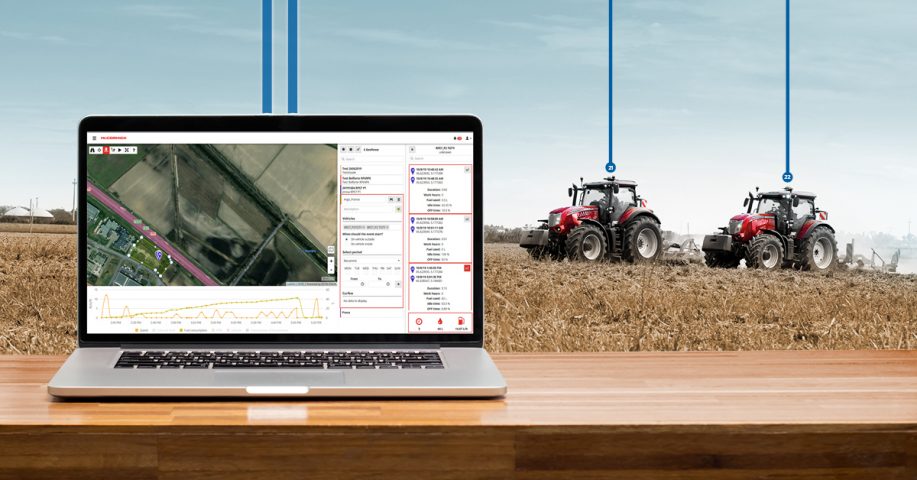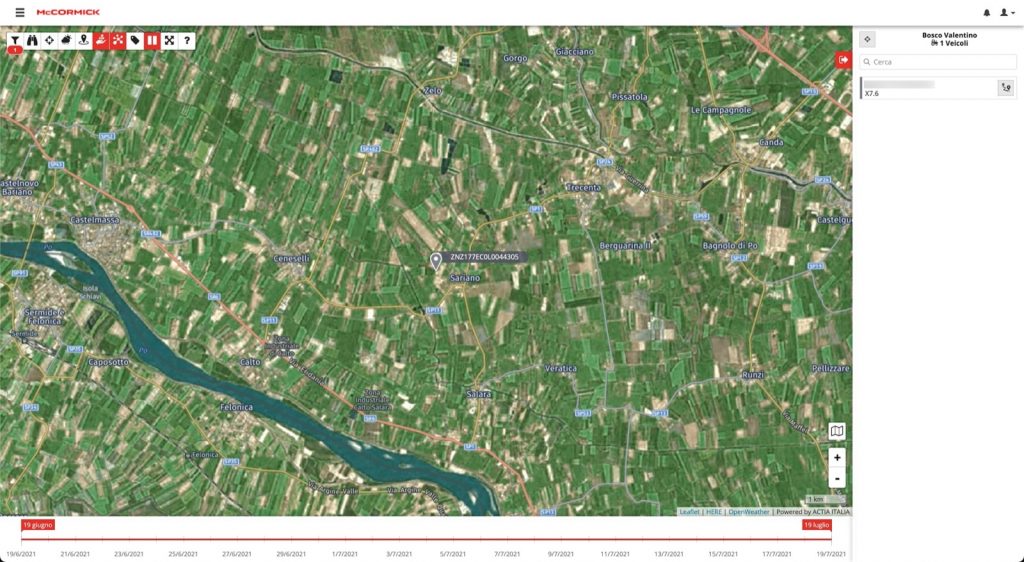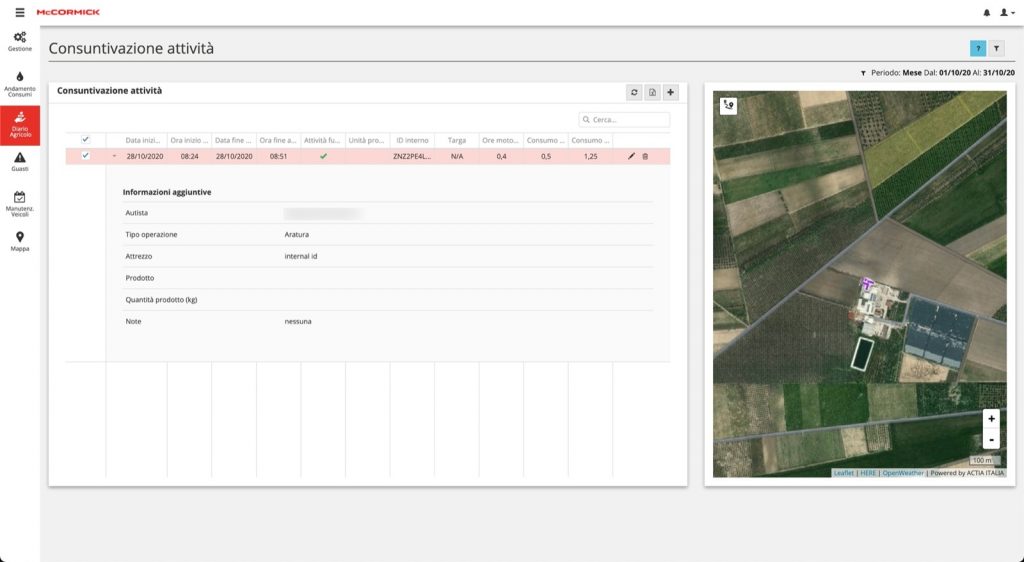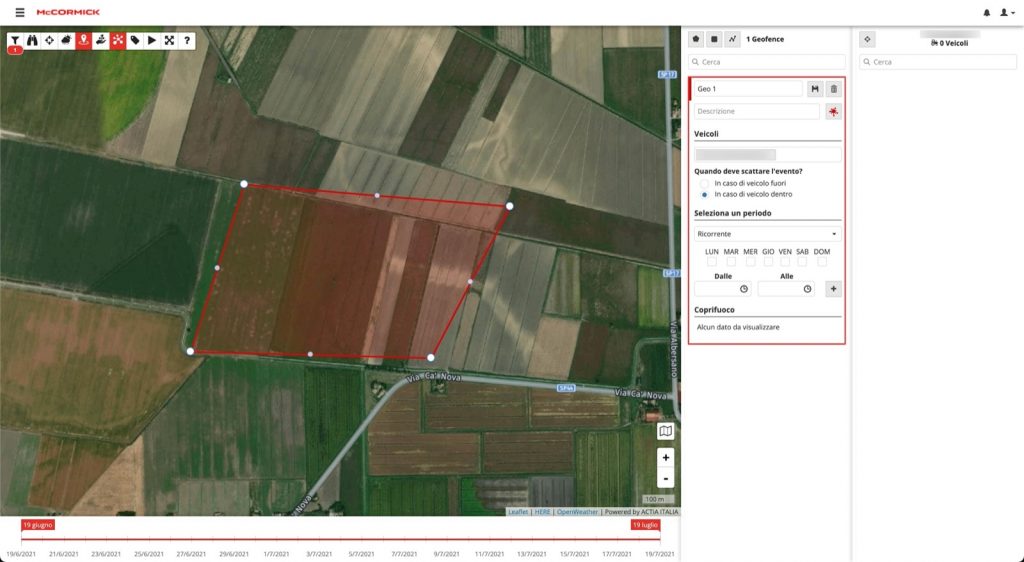Agriculture 4.0: what is it and what are its tools and benefits?

The future of agriculture cannot be achieved without digital tools and a strong thrust from technological innovation.
With increasing consumer awareness of environmental issues and the need to better manage available resources, new concepts of traceability, quality, and control are gaining traction. In this article, we discuss https://www.mccormick.it/en/sustainable-agriculture-the-path-to-a-better-future/
Let’s take a look at what agriculture 4.0 is, how it can assist us, and what incentives you can use to upgrade your farm.
Contents
Agriculture 4.0: what is it?
Agriculture 4.0 technologies and data management
Why it pays to move to agriculture 4.0: the advantages
Incentives you can access
Agriculture 4.0: what is it?
Agriculture 4.0 incorporates the evolution of precision farming and refers to all actions that are carried out in agriculture based on a, precise and accurate analysis of data and information collected and transmitted through advanced tools and technology.
This refers to the tools and strategies that enable the synergistic use of a range of digital 4.0 technologies, in turn allowing the automatic collection, integration and analysis of data collected from the field, from sensors, or from other third-party sources.
The aim of these technologies is to offer the most extensive and precise support to farmers in the decision-making process related to their activity and the relationship with other parties in the supply chain.
The ultimate goal is to increase economic, environmental, and social sustainability – as well as profitability – of agricultural processes.
Agriculture 4.0 refers to the use of Internet of Things (IoT), Big Data, Artificial Intelligence and Robotics to extend, speed up, and increase the efficiency of activities that affect the entire production chain.
Adopting 4.0 solutions in agriculture means:
- Avoiding unnecessary waste by calculating the exact water requirements of the crop or detecting in advance the onset of certain plant diseases or pests
- Having greater control over cost and being able to plan all stages of cultivation, sowing and harvesting with a great deal of precision, saving both time and money
- Improving the traceability of the supply chain can result in a short supply chain that is capable of producing high quality food in a sustainable manner with little margin for error.

Agriculture 4.0 technologies and data management
When we talk about agriculture 4.0 we are referring in particular to
- the use of the most innovative technologies
- the ability to manage the amount of data and information coming in from the fields
- the ability to interpret them in a useful way for the sector.
However, what are the main technologies that can be used to digitalise an agricultural enterprise?
Drones and sensors
Drones are small unmanned aircraft that are able to monitor crops in real time as well as transmit images and useful information. They are mainly used for land mapping, but the most advanced versions adopt infrared sensors and imagery systems to detect problems that cannot be detected by the naked eye.
Environmental sensors, on the other hand, are capable of recording climatic weather data and information on soil moisture requirements.
Internet of Things (IoT)
This technology enables a variety of tools (e.g. drones, sensors or satellites) to connect and communicate with each other in order to exchange information as well as data useful for improving crop development conditions.
Big Data
The concept of Big Data refers to all the information and data generated by various technologies and that will assist in making more efficient decisions during the production process.
As a result, these datasets are very different since they originate from different sources and must be processed by artificial intelligence to provide practical answers to certain problems.
Artificial intelligence
With this term, we refer to the technology that instructs machines to assess specific situations and make decisions in real-time.
The accumulation and ability to process and interpret large amounts of data is the main input for machine learning.
There are two main areas of application
- robotics using machines that automate certain tasks
- management software that reduces the working hours that employees spend doing automatic and repetitive tasks
Cloud
It is a set of accessible services and shared resources on the network; it is a useful tool to ensure access to certain technologies and data for a larger number of people.
This may provide assistance to smaller companies that are economically disadvantaged and have fewer internal skills.
The management of data and information is very important to
- understand the economic value of this information for each individual company using it (business management level)
- understand what data are really useful and how they can be used (technology management level)
- ensure that the collection of this data is in compliance with the latest European privacy regulations and to avoid the concentration of information in the hands of few companies (legal management level)

Why it pays to move to agriculture 4.0: the advantages
Nonetheless, there is still a great deal of reticence towards this new way of understanding agriculture and the new technologies associated with it. However, there is no doubt that agriculture 4.0 offers a number of advantages.
Economic advantages. Despite the costs of the technologies, the real economic benefits of this type of farming and tools are well established. Greater control over activities leads to optimisation of resources and consequently to less wastage of water and fertiliser. All this translates into savings for the farmer.
We are talking about savings on production inputs of around 30% with a productivity increase of 20%.
Environmental benefits. There is one aspect of agriculture that should not be underestimated, and that is sustainability, which will be a defining characteristic of the agriculture of the future. Agriculture 4.0 is specifically designed to improve the sustainability of agricultural activity and the environmental impact of the entire food chain.
Benefits for the worker. It is well established that new technologies also improve the working conditions of the operator. In fact they are made less burdensome thanks to the support of digital and innovative tools.
Health benefits. A constant and precise monitoring of each stage of the production chain translates into a higher quality end product, which is undoubtedly beneficial to health.
It is estimated that products in a high-tech supply chain retain their properties and are therefore healthier.

Incentives you can access
Access to these technologies is one of the biggest obstacles a farmer faces. However, not everyone is aware that there are a number of incentives provided by government bodies to facilitate the – now unpostponable – need to modernise agriculture.
If you want more information, you can contact your McCormick dealer for direct advice.
